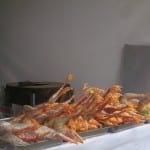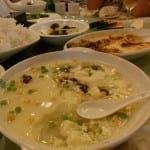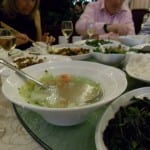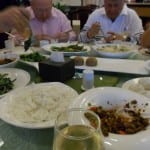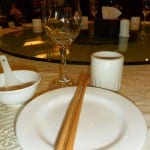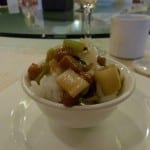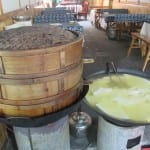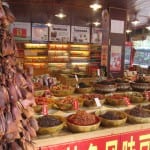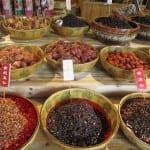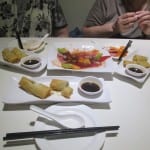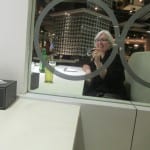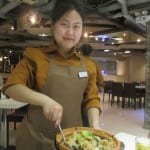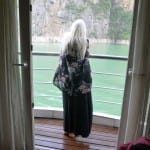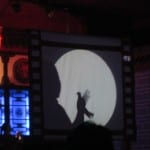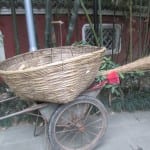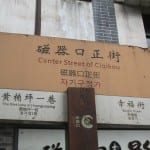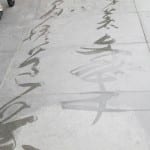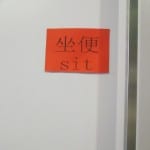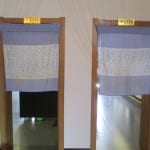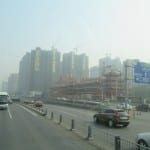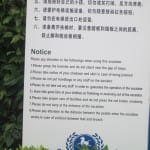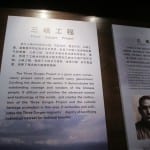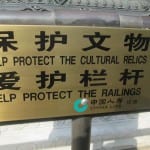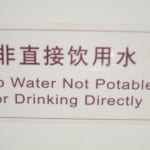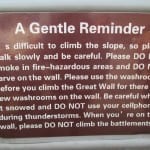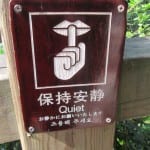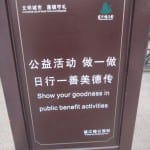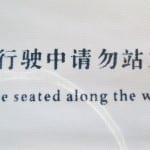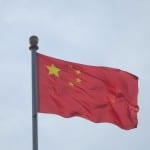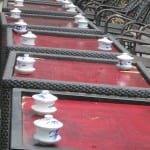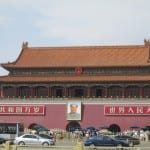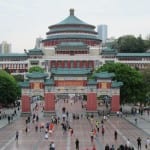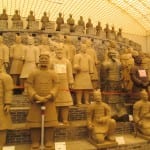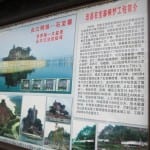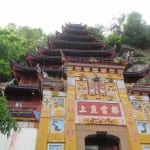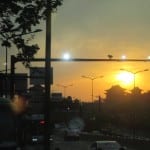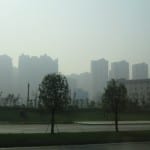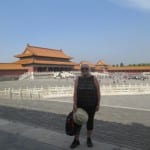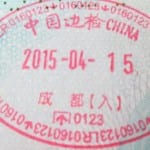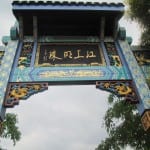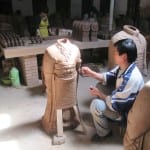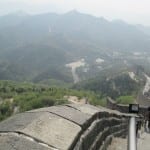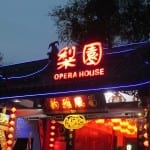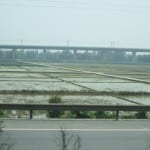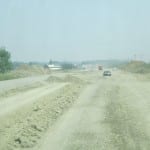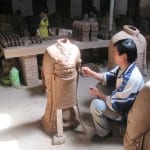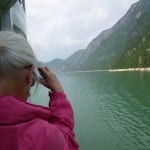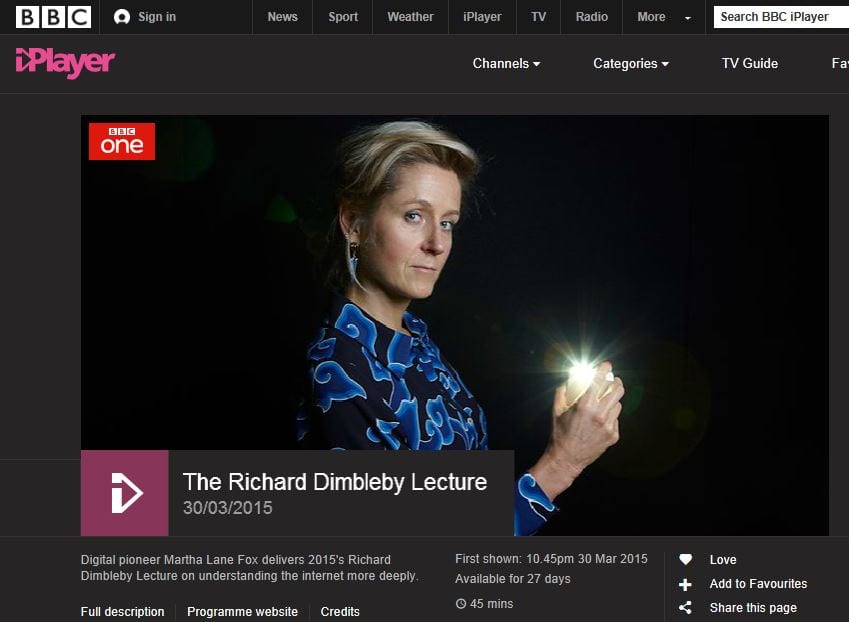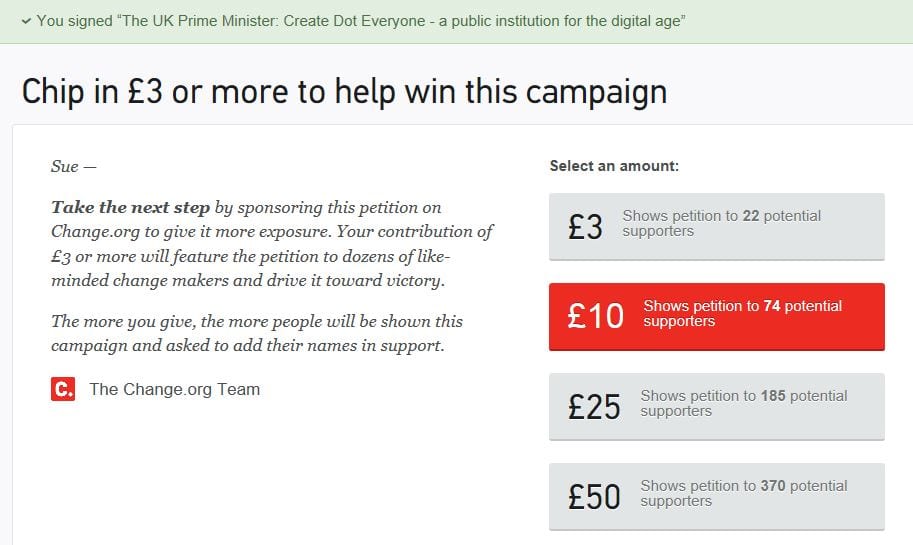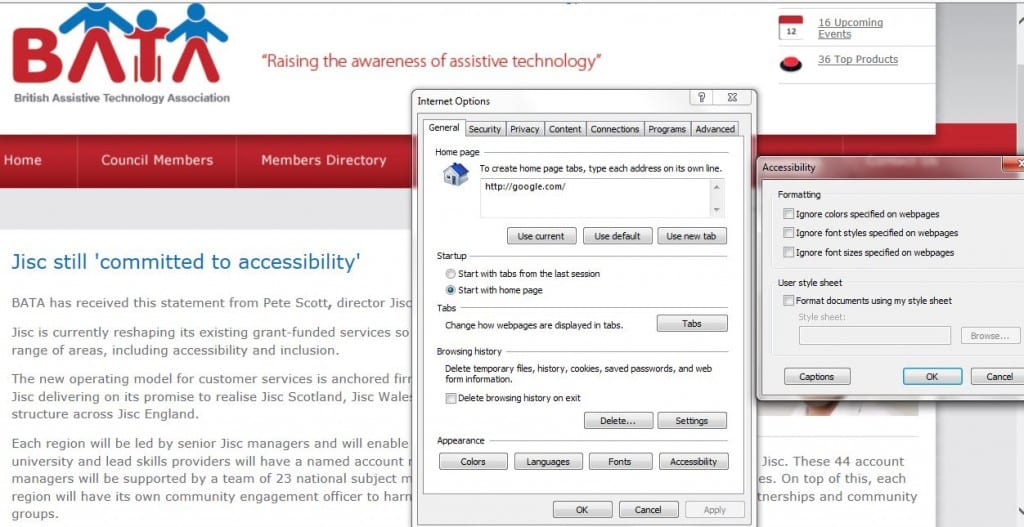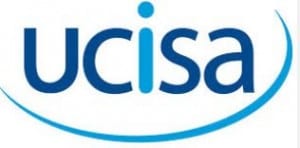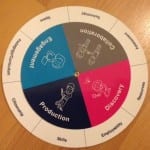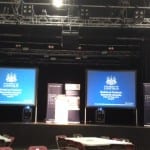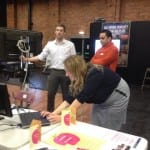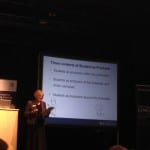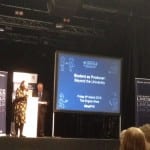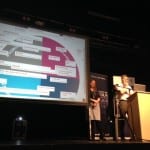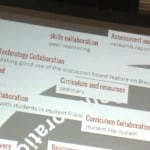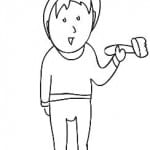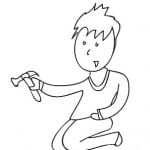Without a common language, food can be a challenge. You can’t be sure what you’re eating. In the restaurants meals were served on lazy susan style glass circles. Plates of vegetables and meat would arrive with no indication of what they were. Some were easily recognisable like pakchoi or green beans while others were often unguessable. It was food but not as we knew it. Except for the rice, which was always white, sticky and rapidly cooling down.
Local diners had heaters under their dishes to keep them hot. Our food arrived mostly warm but by the second spin of the circle it would be cold. Meat was cooked on the bone and served in small pieces with the bone still attached. Necks and heads remained on the ducks and chickens. Rabbit heads were served as snacks.
We regularly had huge dishes of wobbly egg custard sprinkled with peas and corn kernels. Most meals included giant tureens of lettuce soup which tasted like warm water. As the circle turned so sticking out serving spoons knocked over anything they passed – meals included at least one spilt drink – and the expectation we’d use chopsticks led to some surreptitious sneaking in of forks. Some found it difficult to adapt to the difference, but it was fundamentally healthy eating. A chunky spoon of rice went in the bottom of a small white bowl then small pieces of meat with vegetables on top. Eating with chopsticks is slow and mindful. You could fill your bowl as often as you wanted but the process is more drawn out. You eat less because physiologically, you feel full quicker.
Everything was cooked from scratch and appeared to be sugar, salt and fat free. Puddings were rare. Chunks of water melon ended meals. Where there were ‘sweet’ dishes in some hotels, they looked pretty but were mostly bland or unpleasant. Breakfast was the same as other meals – rice, noodles, fish and meat with steamed or stir fried vegetables and hot dumplings; filled or empty, the texture of rubber and tasteless. There were cartons of natural yoghurt but no spoons; the expectation was to drink through a straw. Coffee and tea came in many varieties but never tasted as expected and the only milk available was soy.
Out on the street, food was fast and furious. White slabs of curd simmered in large steel pans over gas flames while the accompanying fish still swam in plastic bowls on the floor. Noodle dough was bashed through sieves, caught, cut and cooked instantly in pots of boiling water. The colours and smells were weird and wonderful. I was shy about taking pictures. It felt like being judgemental which in a way it was. Seahorses and scorpions on sticks is a shock. Not knowing your food brings out primeval instincts while social conditioning plays its part too. Dogs are bred for food in the same way we breed chickens and turkeys but dog brain soup is not part of my world. The Chinese say they eat anything with legs except a table and use every part of the animal except its voice. Maybe we are too fussy – and privileged.
We were given warnings about not drinking the water and avoiding street food but mistakes could still be made in the restaurants where the our lack of language skills was part of the problem – although not insurmountable. Menus with pictures helped as did fingers for numbers. We smiled a lot and were sometimes rescued by customers who spoke English, but still managed to get it wrong, in particular with quantities. It was so easy to misunderstand the different Chinese ways of being and eating. Your own cultural references are stronger than you realise. Just once we got it right. The Mongolian clay pot of beef and rice arrived with a flourish; it was big enough for a party and a case of phew, at least this time we’d only ordered one to share!

